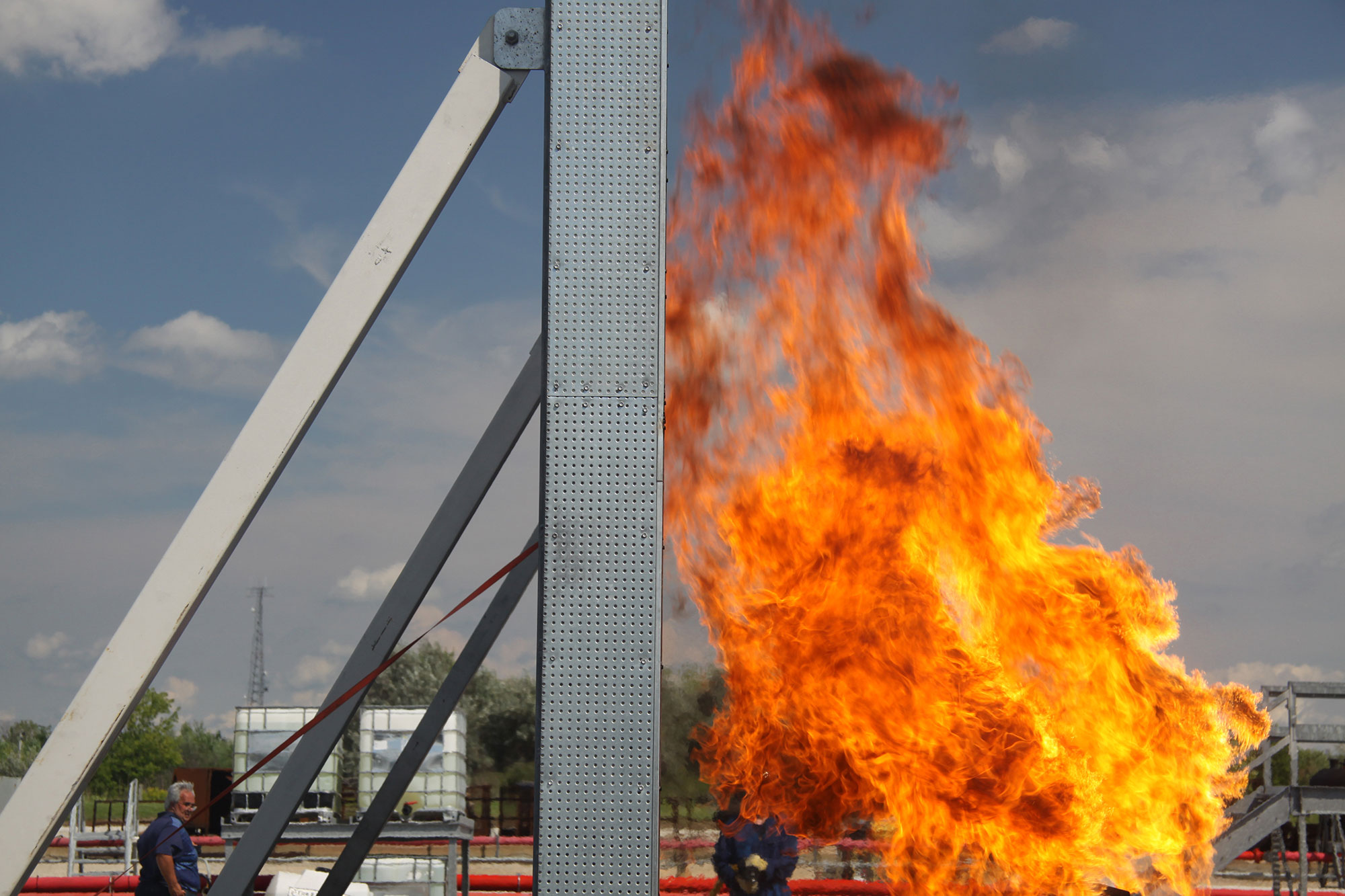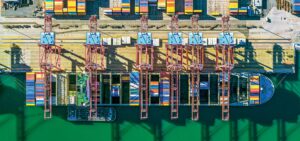
In today’s world, where safety and protection are paramount, understanding the science and significance of firewall barriers is crucial. These vital components play a pivotal role in safeguarding lives, property, and critical infrastructure from the destructive force of fires. From residential buildings to industrial complexes and transportation hubs, firewall barriers are the unsung heroes of fire safety to get firewall barriers.
Components of a Firewall Barrier
At the core of a firewall barrier’s effectiveness lie its components. These components work in synergy to create a formidable defense against the spread of flames and heat. The use of fire-resistant materials and construction techniques ensures that the barrier can withstand the intense conditions of a fire. Intumescent seals and coatings are responsible for expanding when exposed to heat, creating a tight seal that prevents the passage of fire and smoke. Additionally, fire doors and windows are strategically placed within the barrier to allow safe passage for occupants while maintaining fire resistance. This combination of elements exemplifies the essence of passive fire protection, a critical aspect of modern building design and construction.
Fire Ratings and Standards
Firewall barriers are subject to rigorous testing and must adhere to specific fire ratings and standards to guarantee their effectiveness. For instance, ASTM E119 and UL 1709 are widely recognized standards that measure the fire resistance of materials and systems. Complying with these standards ensures that a firewall barrier can withstand the prescribed fire conditions for a specified duration, providing valuable time for evacuation and fire suppression.
NFPA 80, on the other hand, focuses on fire doors and windows, stipulating requirements for their installation, inspection, and maintenance. Building codes and regulations further govern the construction and placement of firewall barriers, reinforcing the importance of strict compliance. Failure to meet these standards can have dire consequences, both in terms of safety and legal liabilities.
Applications and Industries
Firewall barriers find application in a diverse range of industries, serving as a critical line of defense against fires.
Commercial and Residential: In commercial and residential settings, these barriers protect occupants and assets by containing fires to their point of origin. In the unfortunate event of a fire, firewall barriers limit the damage, allowing time for firefighters to arrive and control the situation. They are particularly crucial in multi-story buildings, where the risk of fire spread is higher.
Industrial and Manufacturing: In industrial facilities, firewall barriers play an indispensable role in containing fires that may result from manufacturing processes or equipment malfunctions. They prevent the escalation of fires that could lead to catastrophic consequences, including explosions or chemical releases.
Transportation and Infrastructure: In transportation and infrastructure projects, such as tunnels, airports, and underground facilities, firewall barriers are instrumental in ensuring public safety. They act as a barrier between critical infrastructure and potential fire hazards, allowing for safe evacuation and minimizing damage in the event of a fire emergency.
Advancements in Firewall Technology
As technology continues to advance, so does the science of firewall barriers. Innovative materials are being developed to enhance their fire resistance properties. Aerogels, for instance, are lightweight materials with exceptional insulating properties, making them ideal for improving the thermal performance of firewall barriers. Intumescent paints provide an aesthetically pleasing and effective way to protect structural elements from fire damage. The adoption of these materials not only enhances fire safety but also contributes to sustainable building practices.
Smart integration is another area where firewall barriers are evolving. IoT sensors and fire suppression systems can be integrated into these barriers, allowing for real-time monitoring and control. This technology enables early fire detection and the rapid deployment of fire suppression measures, potentially saving lives and reducing property damage.
In the realm of testing and assessment, computational simulations are emerging as valuable tools for evaluating the performance of firewall barriers. These simulations provide a deeper understanding of how these barriers behave under various fire scenarios, leading to more reliable and efficient designs.
Conclusion
In conclusion, firewall barriers are an integral part of modern fire safety strategies. Their role in protecting lives and property cannot be overstated. By understanding the components, adhering to fire ratings and standards, and staying informed about technological advancements, we can ensure that firewall barriers continue to serve as effective safeguards against the devastating consequences of fires. In a world where fire safety is paramount, these barriers are a testament to human ingenuity and our commitment to protecting what matters most.
https://firebarrierexperts.com/what-causes-transformer-explosions-and-burns/


